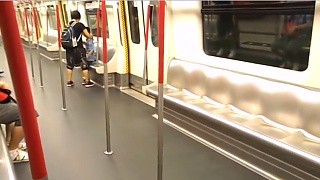With Shev and Dev ...
[640],shadow=true,start=,stop=Related Videos
Featured Videos

|
ShaanXi province.
With Zina ...
|
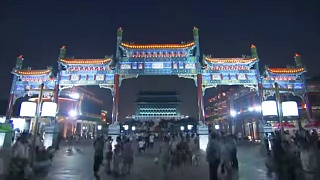
|
Learn more about the modern capital with a rich historical past. Welcome to the blue sky city of Beijing.
A great film by ABC7 ...
|

|
With Jerry's Take on China ...
|

|
With Mei's World ...
|
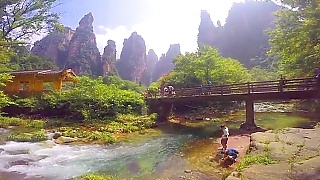
|
ZhangJiaJie National Forest Park lies about 270 kilometers (170 miles) to the north-west of ChangSha, the capital of HuNan Province.
Part of WuLingYuan 武陵源 Scenic Area.
|
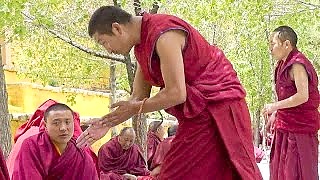
|
Filmed in May 2011.
|

|
Live more !
|
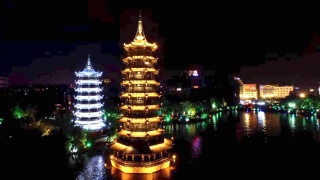
|
Beautiful ...
|

|
April 7th 2022. Max speed 160 km / hr.
With Walk For You ...
Bonus film - the ancient (2018) Line 21 ...
|
 China’s high speed rail – from GuangZhou to ChengDu
China’s high speed rail – from GuangZhou to ChengDu



